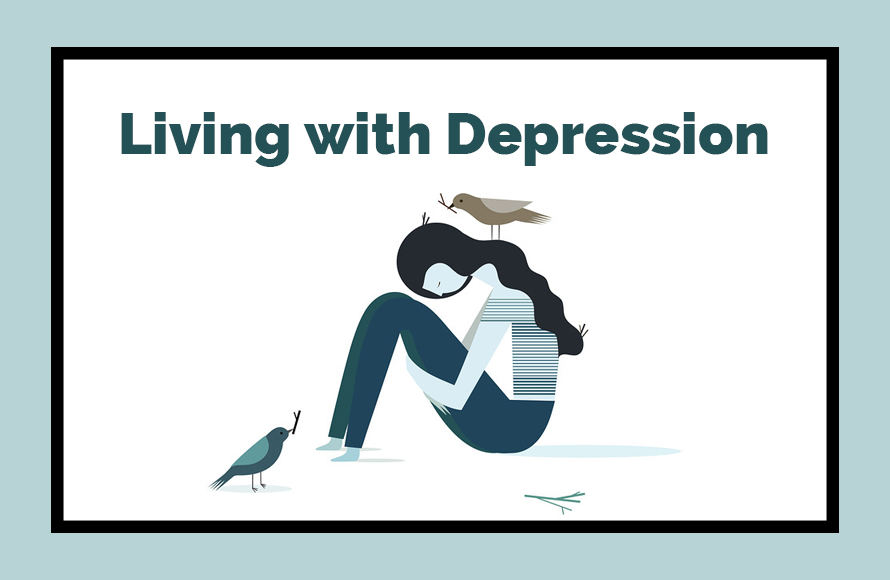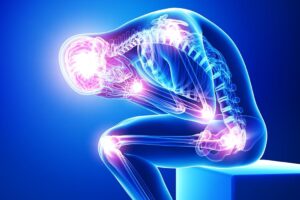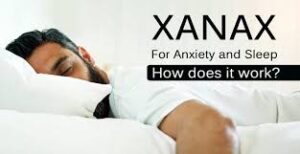Losing a loved one, getting fired from a job, going through a divorce, and other difficult situations can lead a person to feel sad, lonely and scared. These feelings are normal reactions to life’s stressors. Most people feel low and sad at times. However, in the case of individuals who are diagnosed with depression as a psychiatric disorder, the manifestations of the low mood are much more severe and they tend to persist.
Buy Xanax 2 mg for Anxiety and Depression, no prescription required
Depression occurs more often in women than men. Some differences in the manner in which the depressed mood manifests have been found based on sex and age. In men it manifests often as tiredness, irritability and anger. They may show more reckless behavior and abuse drugs and alcohol. They also tend to not recognize that they are depressed and fail to seek help. In women depression tends to manifest as sadness, worthlessness, and guilt. In younger children depression is more likely to manifest as school refusal, anxiety when separated from parents, and worry about parents dying. Depressed teenagers tend to be irritable, sulky, and get into trouble in school. They also frequently have co-morbid anxiety, eating disorders, or substance abuse. In older adults depression may manifest more subtly as they tend to be less likely to admit to feelings of sadness or grief and medical illnesses which are more common in this population also contributes or causes the depression.

Types of Depression
There are different types of depressive disorders, and while there are many similarities among them, each depressive disorder has its own unique set of symptoms.
The most commonly diagnosed form of depression is Major Depressive Disorder. In 2017, around 17.3 million aged 18 years or older in the U.S. had experienced at least one major depressive episode in the last year, which represented 6.7 percent of all American adults. Depression is the leading cause of disability in the United States among people ages 15-44.
Buy Valium 10 mg now without a script
Major depression is characterized by having at least five nine common symptoms. One of the symptoms must be either an overwhelming feeling of sadness or a loss of interest and pleasure in most usual activities. The other symptoms that are associated with major depression include decrease or increase in appetite, insomnia or hypersomnia, psychomotor agitation or retardation, constant fatigue, feelings of worthlessness or excessive and inappropriate guilt, recurrent thoughts of death and suicidal ideation with or without specific plans for committing suicide, and cognitive difficulties, such as, diminished ability to think, concentrate and take decisions. The symptoms must persist for two weeks or longer and represent a significant change from previous functioning. Social, occupational, educational, or other important functioning are impacted by major depressive disorder. For instance, the person may start missing work or school, or stop going to classes or their usual social activities.
The uncomfortable truths about chronic illness
When Your Anxiety Makes You An Angry Mom
What You Wish Others Knew About Being A Mom With Chronic Pain
Another type of depression is called Persistent depressive disorder (dysthymia). The essential feature of this mood disorder is a low, dark or sad mood that is persistently present for most of the day and on most days, for at least 2 years (children and adolescents may experience predominantly irritability and the mood persist for at least 1 year). For the individual to receive the diagnosis of persistent depressive disorder they should also have two of the diagnostic symptoms which include poor appetite or overeating, insomnia or hypersomnia, low energy or fatigue, low self-esteem, poor concentration, difficulty making decisions, or feelings of hopelessness. During this period, any symptom-free intervals last no longer than two months. The symptoms are not as severe as with major depression. Major depression may precede persistent depressive disorder, and major depressive episodes may also occur during persistent depressive disorder.
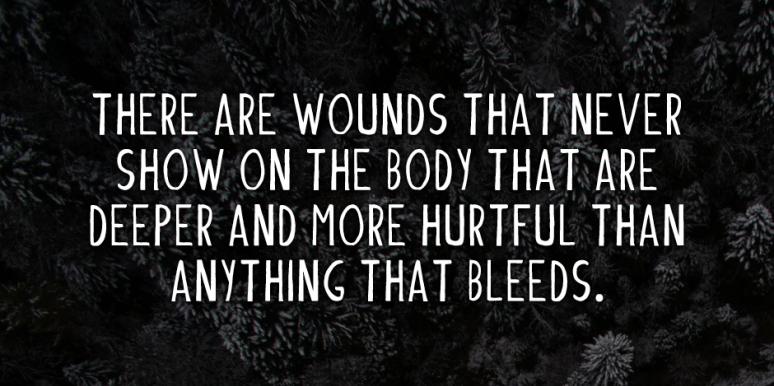
Premenstrual dysphoric disorder is another manifestation of depression which is a severe and sometimes disabling extension of premenstrual syndrome (PMS). Although regular PMS and Premenstrual dysphoric disorder (PMDD) both have physical and emotional symptoms, the mood changes in PMDD are much more severe and can disrupt social, occupational, and other important areas of functioning. In both PMDD and PMS, symptoms usually begin seven to 10 days before the start of a menstrual period and continue for the first few days of the period. Both PMDD and PMS may also cause breast tenderness, bloating, fatigue, and changes in sleep and eating habits. PMDD is characterized by emotional and behavioral symptoms that are more severe, such as sadness or hopelessness, anxiety or tension, extreme moodiness, irritability or anger.
Some medical conditions can trigger depressive symptoms in individuals. This is called depressive disorder due to another medical condition. Endocrine and reproductive system disorders are commonly associated with depressive symptoms. For example, people with low levels of the thyroid hormone (hypothyroidism) often experience fatigue, weight gain, irritability, memory loss, and low mood. When the hypothyroidism is treated it usually reduces the depression. Cushing’s syndrome is another hormonal disorder caused by high levels of the hormone cortisol which can also cause depressive symptoms. Other conditions that have been found to cause depression include conditions such as HIV/AIDS, diabetes, strokes, Parkinson’s disease etc.
-
Product on sale
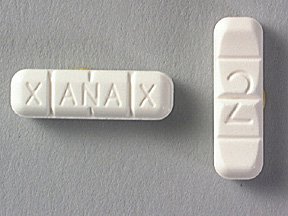 Xanax 2 mgOriginal price was: $7.25.$3.50Current price is: $3.50. / 0.00003 Ƀ
Xanax 2 mgOriginal price was: $7.25.$3.50Current price is: $3.50. / 0.00003 Ƀ
Adjustment Disorder with Depressed Mood is diagnosed when symptoms of depression are triggered within 3 months of onset of a stressor. The stressor usually involves a change of some kind in the life of the individual which he/she finds stressful. Sometimes the stressor can even be a positive event such as a new job, marriage, or baby which is nevertheless stressful for the individual. The distress is typically out of proportion to the expected reaction and the symptoms cause significant distress and impairment in functioning. The symptoms typically resolve within 6 months when the person begins to cope and adapt to the stressor, or when the stressor is removed. Treatment tends to be time limited and relatively simple since some additional support during the stressful period helps the person recover and adapt.
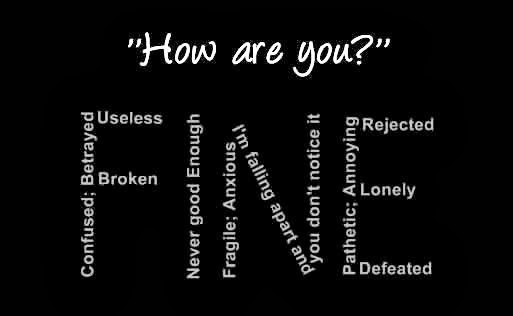
Another type of depression is related to changes in the length of days or seasonality. This type of depression is called Seasonal affective disorder (SAD). People with SAD suffer the symptoms of a Major Depressive Disorder only during a specific time of year, usually winter. This appears to be related to the shorter days of winter, and the lack of sunlight in many parts of the country.
Buy Xanax online without prescription
Depression and Anxiety Disorders: Not the Same
Depression and anxiety disorders are different, but people with depression often experience symptoms similar to those of an anxiety disorder, such as nervousness, irritability, and problems sleeping and concentrating. But each disorder has its own causes and its own emotional and behavioral symptoms.
Many people who develop depression have a history of an anxiety disorder earlier in life. There is no evidence one disorder causes the other, but there is clear evidence that many people suffer from both disorders.

